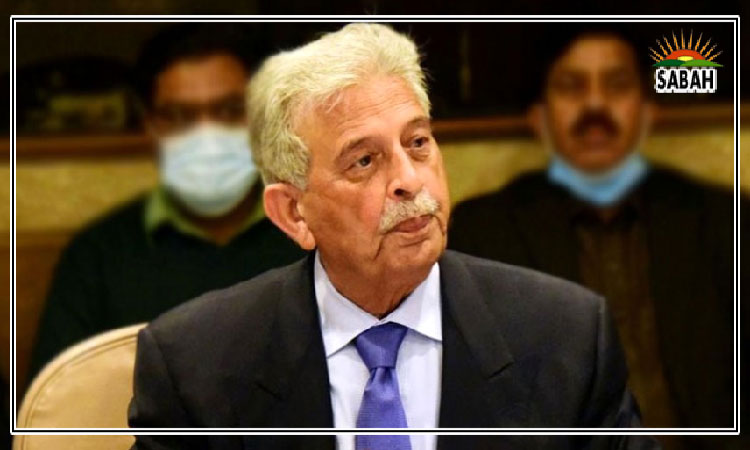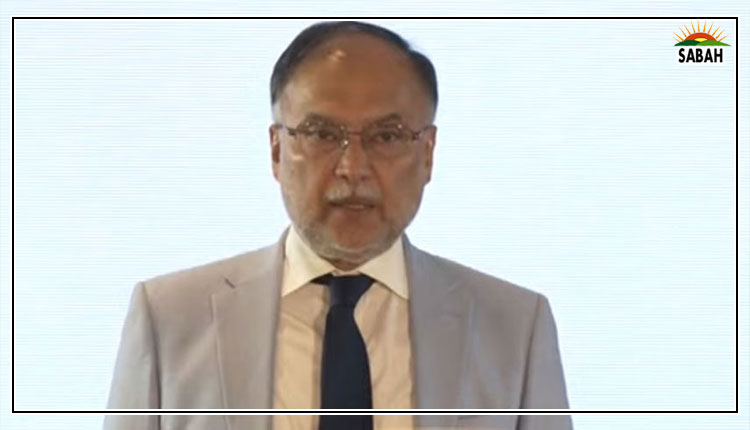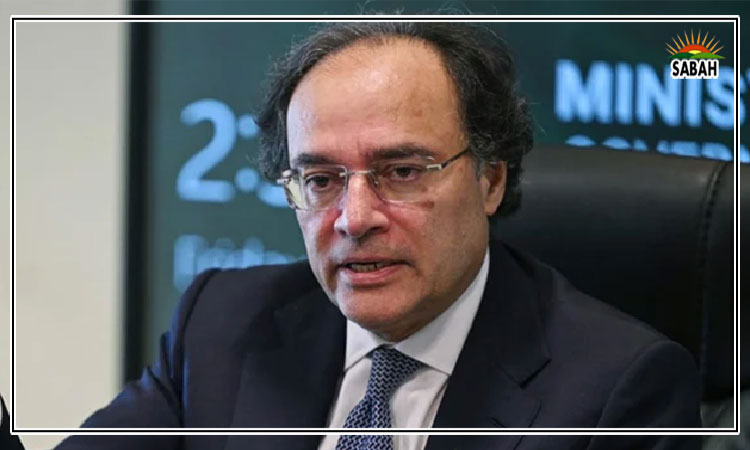Reforming education…Muhammad Jehangir Khan
All over the world, countries adhere to ambitious goals and reforms to enhance the quality of service delivery in the education sector. These ambitious goals and reforms require actionable strategies and effective transmission through a complex and multisided bureaucratic system.
The question of how to enhance mechanisms of bureaucratic functioning and policy delivery has become a key challenge for governments around the globe. We have assessed the general understanding of the delivery mechanisms of Islamabad model colleges and cadet colleges to see the efficiency of each stream in achieving their respective goals, how both streams set their goals and priorities, and how they are followed by processes such as measurement and monitoring, accountability and incentivization, problem-solving, and management routines to get things done.
The main essence to which we refer here is that the more robust an education delivery system is, the more improved the core competencies of children. Our findings show that model colleges are linked with a relatively long chain of administrative and supervisory structures that involve multiple departments along with large numbers of agents. This larger chain makes the system prone to delivery inertia and bureaucratic pathology. On the other hand, the administrative hierarchy of cadet colleges is relatively shorter as it starts with the board of governors, and goes straight down to the principal and vice-principal levels, etc.
In terms of goal setting, both streams set their goals in alignment with the national education policy/plan. For model colleges, the Federal Directorate of Education (FDE) is responsible for narrowing down national education goals to formulate strategic goals and coordinate them with area education offices, which then define tactical goals. In the case of cadet colleges, the board of governors decides strategic goals in the light of national policy. During board meetings, they also decide tactical goals according to institutional mission and strategic goals. Finally, their execution rests with the principal and other school-level officials.
Cadet colleges are prototypical examples of institutional autonomy and decentralized governance in the education sector. Hence, they are more adaptive, flexible, more experimental, and innovative, and think outside the box.
Despite getting lower funds from the government in comparison to model colleges, cadet colleges are accumulating higher resources by shifting the cost burden to alumni, students and other trustees. They do relatively better in the conception of modern learning/skills delivery, engage and utilize its alumni to gain tangible and intangible support to the institution in terms of mentoring, possess better enablers, have better teacher training, and are more oriented towards students holistic development.
However, the delivery approach of cadet colleges has some weaknesses as well. These include being expensive in terms of private cost, heavily-enforced control, and punishment mechanisms. Also, their delivery approach is relatively opaque data-wise and has a tendency to create cultural shocks for students due to weaknesses in transition mechanisms. All cadet colleges are working towards the same goals but independently, without any formal horizontal integration mechanisms and unifying central body.
The major weaknesses in the delivery approach of model colleges are as follows; these colleges are relatively costly to the government, lag in 21st-century learning/skills delivery, and have a poor mechanism for teacher training. Their delivery approach deals with bureaucratic pathology affecting its smooth functioning and educational outcomes. Similarly, lower living standards and deficiency of staff at several institutes are other weaknesses of the system.
Finally, there are some positive aspects of the delivery approach of model colleges. Recently, the FDE took some admirable steps to strengthen its delivery approach. They include the transformation of its data and monitoring system via initiatives such as the Human Resource Management Information System (HRMIS). Model colleges are also relatively better in data transparency and charge minimal private cost. They also offer better accessibility, and social inclusiveness.
Also, the FDE is currently focusing on launching new steps like STEM and blended-learning initiatives. This shows their resolve to improve the delivery approach of the general stream of public education through these most warranted initiatives.
Courtesy The News












